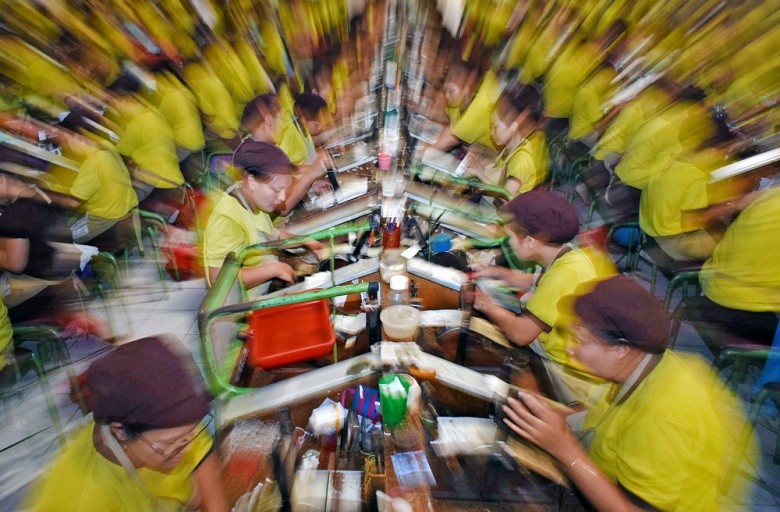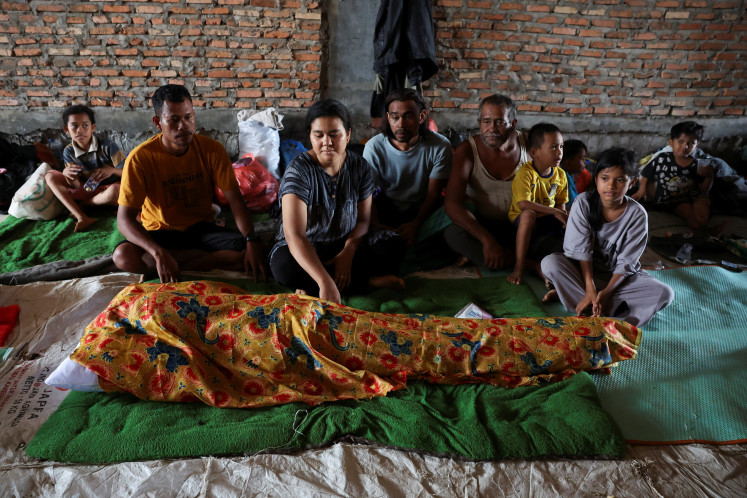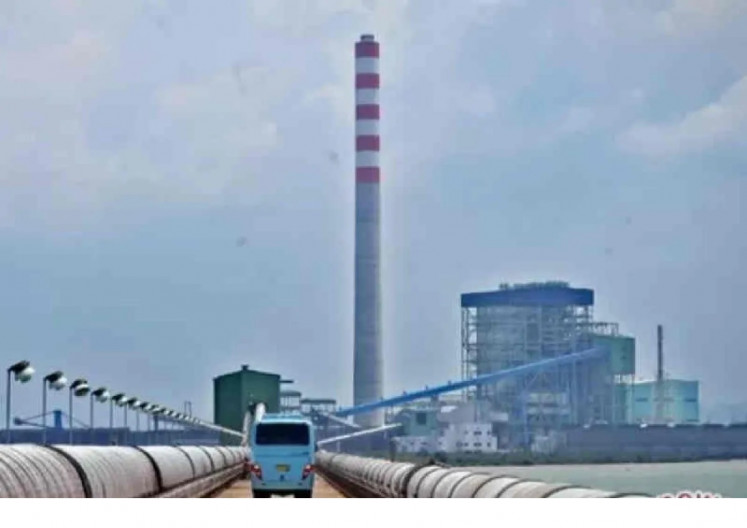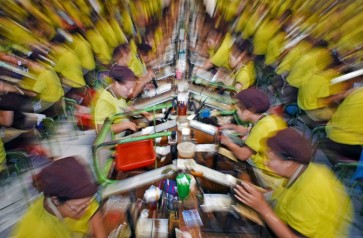Popular Reads
Top Results
Can't find what you're looking for?
View all search resultsPopular Reads
Top Results
Can't find what you're looking for?
View all search resultsMiddle-class women work as much as their lower-class peers: World Bank
In 2016, the labor participation rate of middle-class women reached nearly 60 percent, only slightly higher than women in lower economic classes at around 50 percent, according to data from the World Bank.
Change text size
Gift Premium Articles
to Anyone
T
he participation rate of women in the workforce has continued to increase in recent years, but the differences in participation rates between middle-class women and their lower-class and upper-class peers are relatively small.
In 2016, labor participation rate of middle-class women, who spent between Rp 1.2 million (US$85.70) and Rp 3.2 million per person per month, reached nearly 60 percent, only slightly higher than women in the lower classes at around 50 percent, according the World Bank’s report on “Indonesia's Aspiring Indonesia: Expanding the Middle Class” released on Jan. 30.
"Indonesian middle-class women do not work much more than non-middle-class women," the report stated.
President Joko "Jokowi" Widodo is seeking to upgrade Indonesia's income status and escape the middle-income trap, a situation in which a country’s economy stagnates at middle-income levels and fails to move to high-income status.
Statistics Indonesia (BPS) recorded that the country's GDP per capita increased slightly to $3,927 in 2018 from $3,876 in 2017. With such per capita income, Indonesia is classified as a middle-income country.
“Having the right policies can unlock Indonesia’s development potential and propel the country to high-income status,” World Bank acting country director for Indonesia Rolande Pryce said at an event to release the report.
During the period between 2002 and 2016, the middle-class population grew to 52 million people, or 20 percent of the total population, a survey cited by the report shows. More than half of the population fell into the category of aspiring middle-class, meaning they spent between Rp 532,000 and Rp 1.2 million per person per month, over the same period.


















